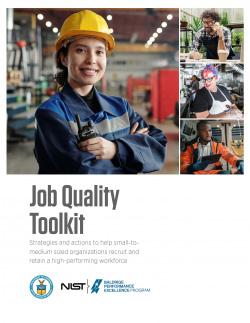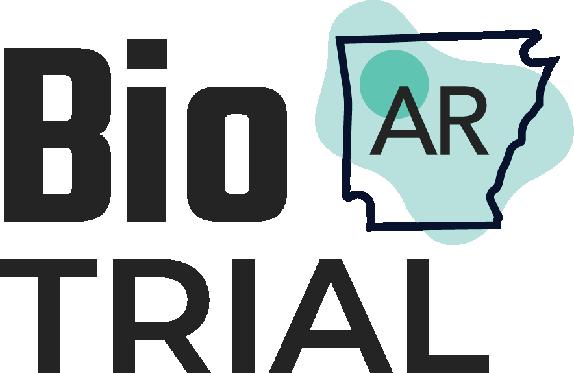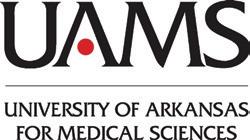
4 minute read
Coach’s Playbook
The Perfect Storm
of Staffing Shortages
by Kay Kendall
Is your organization experiencing staffing shortages, not just among clinical staff but also in other areas? If so, you’re not alone – especially in Arkansas, according to recent data. Health care, among other industries, continues to be in the throes of a staffing storm, and there doesn’t seem to be a letup in sight.
Data from several recently published studies suggest that the nursing shortage is projected to intensify in the next 18 months, with one-third of nurses planning to leave their jobs by the end of 2022. While pay and benefits are cited as two of the conditions leading to this exodus, the reasons nurses cite for leaving are burnout and continually working in extremely high-stress environments. Projections indicate these aggravations will only be exacerbated as shortages stress health care staff who choose to remain.
America’s increased number of rural hospital closures also increases care burdens for the remaining hospitals – burdens felt by staff, administrators, providers, and ultimately patients and other stakeholders. The continued presence of COVID, its new variants, and now influenza and RSV are all taxing a health care industry that is already at a breaking point.
What’s your plan? Do you know the specific underlying causes of your hospital’s staffing shortages? Different root causes often require different corrective actions and innovative solutions. Are you relying on exit interviews alone? Studies show that they are often an extremely unreliable source of credible information as many departing employees are fearful of “burning bridges” when they leave.
THESE TOOLS CAN HELP
There are free resources recently made available from a collaborative effort between the Department of Commerce, the National Institute of Standards and Technology (NIST), and the Baldrige Performance Excellence Program®. These include the Job Quality Toolkit and eight case studies from organizations across a variety of industries, including health care.
The Job Quality Toolkit is rooted in the Baldrige Excellence Framework. For more than 34 years, the Baldrige Performance Excellence Program® has provided the globally recognized and emulated Criteria for Performance Excellence, which are regularly updated to ensure that they incorporate the leading edge of validated leadership and management practices proven to help enhance organizational performance and sustainability. When you download the toolkit, you’ll find a how-to section for its use; also included is an in-depth review of the drivers of employee engagement and specific ideas for using the toolkit at your organization. (https://www.commerce.gov/work-us/ job-quality-toolkit )

Scan this QR Code to get the took kit today.
The Job Quality Toolkit is organized around eight drivers of employee engagement; it provides practical strategies and actions, as well as links to additional resources for each driver. The eight drivers are: • Recruitment and Hiring • Benefits • Diversity, Equity, Inclusion, and
Accessibility (DEIA) • Empowerment and
Representation • Job Security and Working
Conditions • Organizational Culture • Pay • Skills and Career Advancement
Please note that “Pay” is the seventh driver. Study after study shows that pay is one of the least sustainable drivers of engagement, and many health care organizations are not in a financial position to keep bumping up wages. So, it is wise to explore other drivers of engagement that will help keep your employees in place.

FOLLOWING A TRUSTED LEADER
Early in my career as a quality professional leading quality organizations, I reported to a very strong-willed executive who had high expectations for what we would achieve in terms of product and service quality. Some of his demands seemed unrealistic, but any pushback or complaining was countered with this question, “If not this, then what?” We seldom found a better alternative, so we learned the discipline of following someone with more experience and wisdom than we had.
What does that story have to do with the Job Quality Toolkit? If you’re in the majority of organizations currently facing staffing challenges (including the Great Resignation and the Quiet Quit), these challenges are unlikely to solve themselves without some consideration of new approaches and bold leadership.
What are your plans and strategies to stem the tide of staff resignations and minimal productivity? How will you encourage those employees who stay and help them manage their burnout and stress? I hope you’ll tap into the wisdom and solutions offered in the Job Quality Toolkit. It’s an excellent resource as you face staffing challenges that will continue into the new year.
The team at BaldrigeCoach would be glad to help guide your hospital’s quest for process improvement. As CEO and Principal of BaldrigeCoach, Kay Kendall coaches organizations on their paths to performance excellence using the Malcolm Baldrige National Quality Award Criteria as a framework. Her team, working with health care and other organizations, has mentored 24 National Quality Award recipients. In each edition of Arkansas Hospitals, Kay offers readers quality improvement tips from her coaching playbook. Contact Kay at 972.489.3611 or Kay@Baldrige-Coach.com.

HealthTech Arkansas and SymBiosis have come together to create BioAR Trial, an accelerator program to help biotherapeutics companies in late pre-clinical stages of development bring groundbreaking therapies to market faster, while increasing Arkansans’ access to cutting-edge clinical care and innovative medicines.
BioAR Trial will focus on deploying advanced and emerging therapeutic modalities—such as precision medicines, biologics, cell therapies, and genetic medicines—to treat serious and life-threatening diseases in oncology, immune disorders, and cardio-metabolic disease.
The application for BioAR Trial is now open through January 15, 2023.
IN PARTNERSHIP WITH














